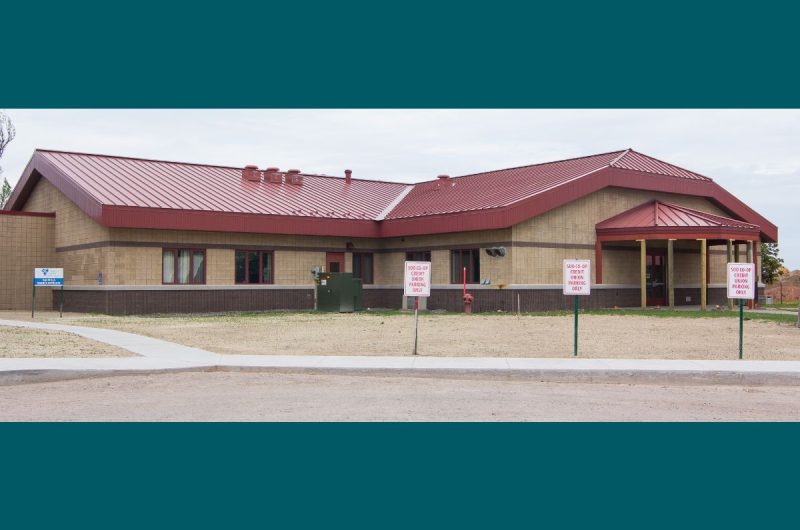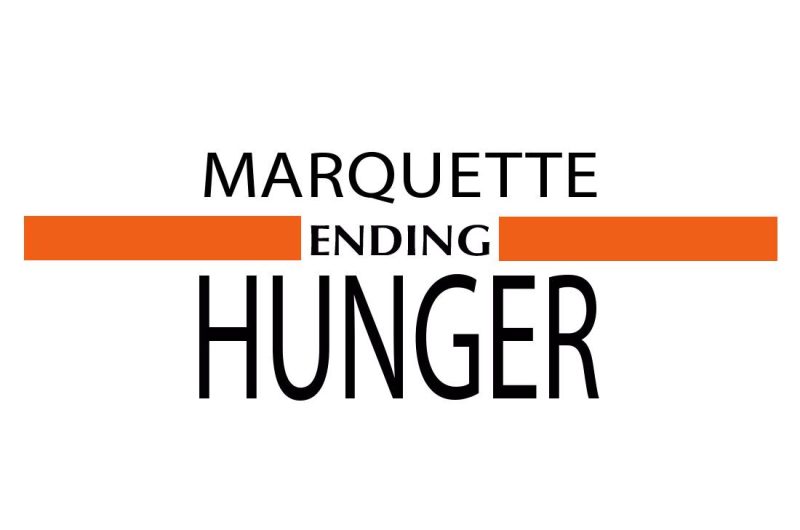UP and Michigan National Guard Members Deployed, Tax Information for Our Readers, and Pell Grant Increases

PHOTO CREDIT: KATHY WILLENS / AP
Upper Peninsula/Michigan National Guard Members Deployed
There are approximately 11,000 Guard members in Michigan. Many of which are our family, friends and neighbors across the Upper Peninsula.
Michigan Governor Whitmer has deployed over 700 Guard members to Washington, D.C. to assist in providing security, traffic control and medical/logistical support during this week’s inaugural activities in the nation’s Capital and other federal sites.
They are joining other state National Guard members in Washington DC providing these activities.
These men and women are risking their lives to protect American citizens. They are brave and courageous patriots.
“Our Soldiers and Airmen have the right values, the right training, and the right equipment to serve as a source of reassurance alongside our interagency partners during this important time for our nation,” said Maj. General Paul Rogers, Adjutant General and Director of the Michigan Department of Military and Veteran Affairs.
More Guard members from the Upper Peninsula and across Michigan are expected to be deployed this week to protect our state capitol building and surrounding areas.
In addition to this deployment, Guard members continue to assist in communities across Michigan with the state’s COVID-19 response, supporting food banks and local health care organizations with medical personnel for COVID-19 testing and vaccinations.
Tax Information for our Readers
Over the next few weeks and months we will be publishing some brief papers on various federal and state taxes and how they impact tax payers in Michigan and the UP.
They are provided as background and information, not as advocacy pieces. It is just information we found important and interesting and we thought they would be informative for all of us.
As you can read on this website, our purpose at Rural Insights is to “ensure citizens have accurate and nonpartisan information about issues that impact rural life in Michigan’s Upper Peninsula and life in this rural area.”
Also, to “ensure that citizens and policy makers have the data, facts, and information to make informed decisions about the UP and life in this rural area.”
Access to Higher Education/Training and Student Debt–Pell Grant Increases May Help
The Upper Peninsula is fortunate to have three public universities, one private university and three community colleges. It provides access to thousands of people in the UP and gives them many options.
Most observers believe that one of the keys to providing equal opportunities and income equality is to provide greater access to post-secondary education. We have that in the UP. Key issues here are access and affordability.
Federal Pell Grants provide tuition assistance to those with the most need. The current Pell Grants range approximately from $600 to $6,345 to students with the highest need. This aid helps these student recipients meet tuition costs and possibly reduce their need for student loans–reducing future indebtedness.
There is a federal proposal being circulated that would double the amount of Pell Grants to the eligible students. That would take the minimum grant amount to $1,200 to $12,690 for those students with most need. If you look at NMU tuition for freshman and sophomore students it is set now at approximately $11,680.
If the Pell Grants were set at the $12,690 level, that would cover the entire cost of tuition at NMU–potentially lowering the need for increased student loans and indebtedness.
Mike Rotundo, a national financial aid expert, tells us that there are high levels of students in the UP who are eligible for Pell Grants based on high need and lower income levels. He tells us that access to higher education would be potentially increased based on increased levels of Pell Grants.
National experts tell us with data and facts that access to higher education and post secondary training is the key to better futures and economic security for young Americans. Clearly with high numbers of young people in the UP who are Pell Grant-eligible, this new federal proposal being floated sounds like a good one for Upper Peninsula families.
Your Thoughts?
More to come on this issue from Rural Insights.
Quotes (that make us go hmm)
“I should indeed like to please you; but I prefer to save you, whatever be your attitude toward me.” U.S. Daniel Webster.
“The time is always right to do what is right.” Martin Luther King.
Books (Recommended by our Readers)
The Second Founding. Eric Foner.
Kill Switch: The Rise of the Modern Senate and the Crippling of American Democracy. Adam Jentleson.
2 Comments
Leave a Comment
Newsletter
Related Articles






On the face of it, increasing the Pell grant amounts seems like a terrific idea, yet there are consequences. First, someone has to pay for the grants. That someone is the American taxpayer. Our country has already racked up a huge national debt, so we have to ask ourselves: “Is this a priority? Is it more important than improving healthcare or other social safety nets?” It is true that the two are not mutually exclusive, but tax dollars only stretch so far.
The other question that is increasingly being asked is “What is the value of a college education?” In its role as an entre to the workforce, there are a limited number of college degrees that can be depended upon. For example, at one time IT degrees were a good guarantee of a well-paying job. More recently, with more and more businesses offshoring these activities, the employability of IT graduates is declining. Do taxpayers want to support a student pursuing an art history degree, for example, with limits employment opportunities? The answer to that question is not necessarily “no,” but it is a factor.
Another factor is the increasing tuition trend. There is concern that perhaps as grant and loan amounts increase, institutions feel free to also increase tuition. This is one of those chicken-and-egg problems, curtailing either one would likely curtail the other.
Ideally, Americans want to provide every individual with the opportunity for the education necessary to realize their full potential. College is one route. There are other routes. Unfortunately, we don’t have a good method for guiding high school graduates onto the best path. The decision is often left to them and/or parents who may not have the facts or tools to choose the optimal path.
Examining the pros and cons of Pell grant increases takes one down a rabbit hole that eventually leads to an assessment of our entire educational system where its deficiencies soon become apparent. Bottom line: taxpayers should have some way of being assured that their investment in these students is paying off.
All of society benefits when its citizens are smart and healthy. Most other industrialized nations provide free tuition for college and vocational training. They are able to afford it. Our country can, too. For decades the University of California system was tuition free for in-state residents. That ended when Ronald Reagan became Governor. Up until then generations of Californians were able to obtain a world class college education. We need to remember that we did this successfully. We can do it again. We need the political will to join the rest of the civilized world in helping everyone realize their potential. Government should serve all its citizens, not just the rich and privileged.